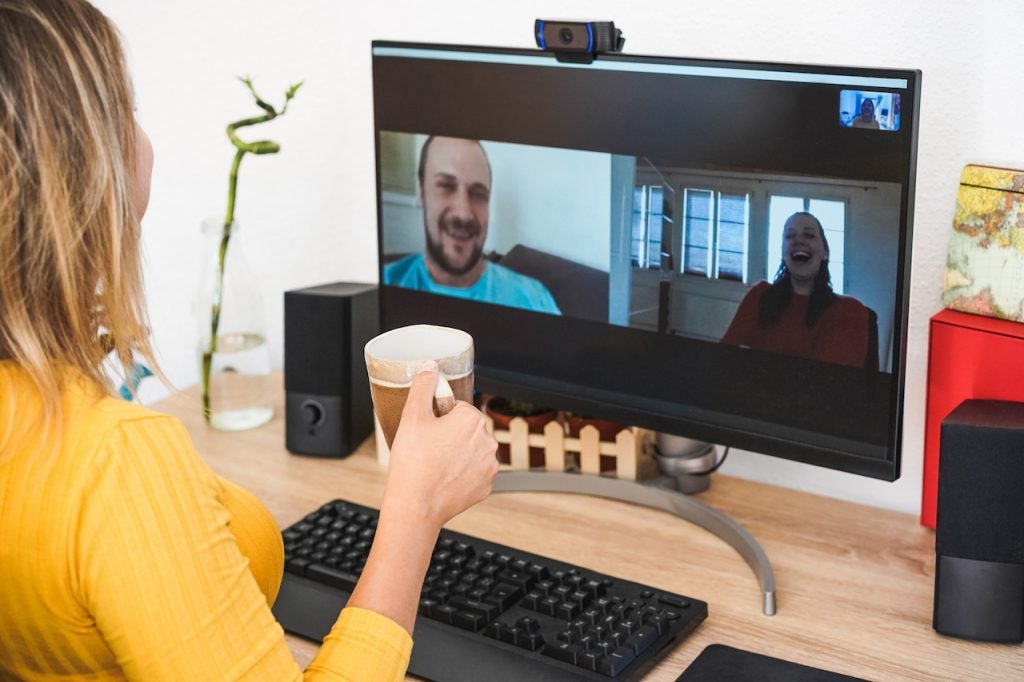Are you or your staff experiencing increased levels of exhaustion after weeks of back-to-back video meetings? You’re not alone in feeling this fatigue.
Whilst long face-to-face meetings are demanding in themselves, studies show that video meetings add a different layer of tiredness. Meeting over video requires additional mental work because we’re having to constantly concentrate on reading facial expressions and visual cues, which are harder to decipher digitally.
Not everyone feels comfortable over video calls either, whether that’s down to insecurities about their appearance or home office setup, or concerns about their Wi-Fi stability.
We’re also using video calls to talk to everyone, both for work and leisure. Never before have we used exactly the same tool to talk to our colleagues as we do our friends and family. The association between work and home is becoming more and more blurred, to the point where work is bleeding into leisure time, and vice versa. It’s no wonder we feel tired.
Prolonged stressors like these can lead to physical, mental, and emotional exhaustion. And given the sudden surge in video call usage, this specific phenomenon has been dubbed “video call burnout”.
It’s important to recognise if you or your staff are feeling this exhaustion, and take some positive steps to ease the pressure. There are other – and often more appropriate – ways to talk than over video.
Here are some ideas on how to keep talking whilst avoiding video call burnout:
Mix up your communication methods
Different conversations require different communication methods, and sometimes a video call isn’t always appropriate. Using them for every little thing can quickly lead to an expectation to always be “on”, which over time can cause fatigue.
Instead, save video calls for when only virtual face time will do – people will feel more focussed and attentive if they’re not being worn out by constant video meetings.
Take advantage of other communication tools as well, such as sending a message on your company intranet to get a quick answer to a simple question, or using collaboration apps to flesh out ideas. By varying your communication methods to suit the context, conversations will start to flow more naturally.

Not everything needs a video call; use collaboration tools to share ideas instead
Book breaks between meetings
It’s important to take breaks between meetings – video or otherwise – so that you have time to make notes, recharge, and get ready for whatever’s next. Back-to-back meetings, on the other hand, will quickly drain your energy and leave you feeling tired and unproductive.
Encourage staff to use your intranet calendar to increase visibility of their availability, and book breaks between meetings. Protecting this time, and being transparent about it, will help you and others schedule video meetings more strategically.
Show you care about work-life balance
Given that we’re talking to family and coworkers in the same way – over video – it’s getting harder to separate work from home.

That’s why it’s crucial that you promote your work-life balance and wellbeing initiatives to your staff.
Use your document management system to store your wellbeing resources, then share them via your intranet news feed or internal social media to encourage feedback and questions. Creating a culture of support and transparency will help staff feel able to communicate any problems if they are struggling to adjust from work to leisure time.





